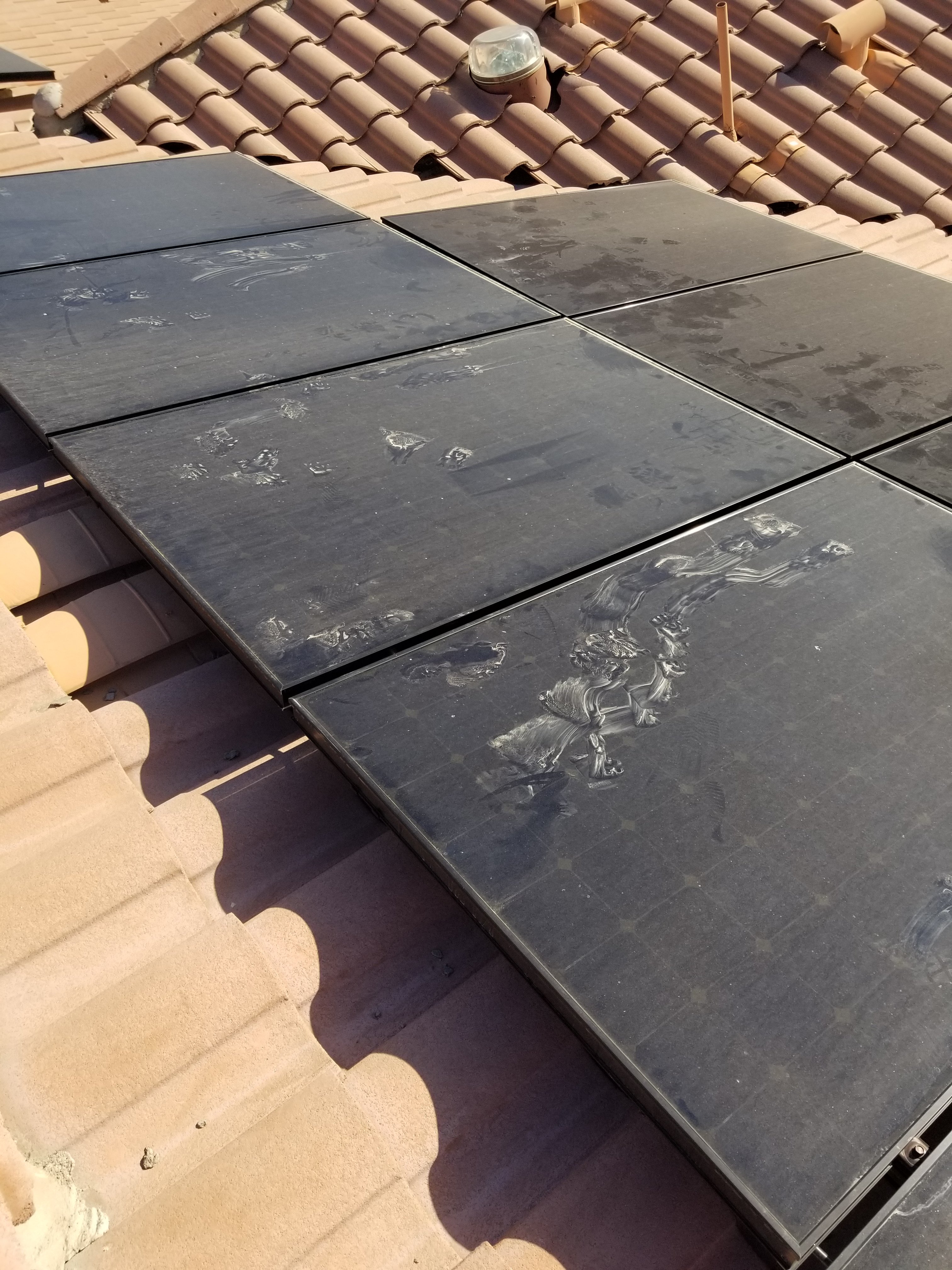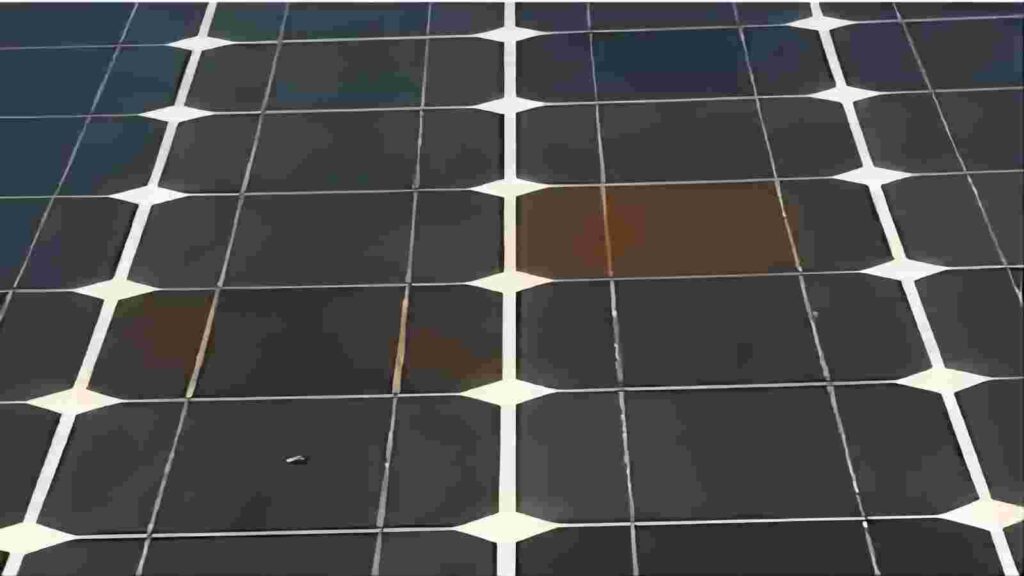
Sprinkler cleaning is a common method for solar panel maintenance, but it comes with several hidden drawbacks that can affect performance and longevity.
Water Spots & Mineral Residue: The Hidden Efficiency Killers
Sprinklers often leave behind hard water stains and mineral deposits, which can block sunlight and reduce panel efficiency over time. These deposits create a film that prevents sunlight from reaching the photovoltaic cells, directly impacting your energy production.
In regions with hard water, which is common across many parts of India, these mineral deposits can become particularly problematic, requiring additional cleaning or treatment to remove completely.
Did You Know?
Studies show that mineral deposits from water can reduce solar panel efficiency by up to 25% over time if not properly addressed.
Risk of Panel Damage
High-pressure water jets or frequent wetting and drying cycles can cause microcracks or accelerate wear, especially in hot climates. The thermal shock from cold water hitting hot panels can lead to stress on the glass and frame, potentially shortening the lifespan of your investment.
Additionally, water can sometimes find its way into electrical components if seals are compromised, creating safety hazards and potential for system failures.
Wasted Water: An Unsustainable Practice
Sprinkler systems consume large amounts of water—an unsustainable practice, especially in drought-prone regions like Maharashtra. For a 1 MW solar plant, traditional sprinkler cleaning can use upwards of 10,000 liters of water per month.
In a country where water scarcity is a growing concern, this level of consumption for panel cleaning is increasingly difficult to justify, both environmentally and economically.
Uneven Cleaning: Patchy Results
Sprinklers may not effectively remove stubborn dirt, pollen, or bird droppings, leading to patchy cleaning and persistent soiling. These systems typically rely on the volume of water rather than targeted cleaning action, resulting in inconsistent results across your solar array.
Areas with particularly stubborn soiling often remain dirty, creating "hot spots" that can affect the performance of entire strings of panels due to the way they're electrically connected.

The Cost Factor
While sprinkler systems may seem cost-effective initially, the long-term expenses add up:
- Water costs (increasingly expensive in many regions)
- Additional cleaning required to remove mineral deposits
- Potential repair costs from water damage
- Lost energy production due to inefficient cleaning
Conclusion
While sprinklers seem convenient, they can actually harm your solar panels and waste valuable resources. There's a better way to clean—efficiently, safely, and sustainably.
At Jagrut Automation, we've developed waterless cleaning solutions that address all these concerns, providing thorough cleaning without the drawbacks of traditional water-based methods.
Ready to Improve Your Solar Panel Efficiency?
Discover how Jagrut Automation's innovative cleaning solutions can boost your energy production while saving water and maintenance costs.
Related Articles
Why Nylon Brush Cleaning is the Superior Solution
At Jagrut Automation, we use high-quality nylon roller brushes in our Linear Bot for waterless solar panel cleaning. Here's why this method stands out.
How AI Prevents Microcracks in Solar Panels: A Technical Breakdown
Learn how our AI-powered cleaning systems help prevent microcracks and extend the lifespan of your solar panels.
Case Study: Optimizing Mumbai's Rooftop Solar ROI with Automation
See how our automated cleaning solutions helped a Mumbai-based company maximize their solar ROI.
